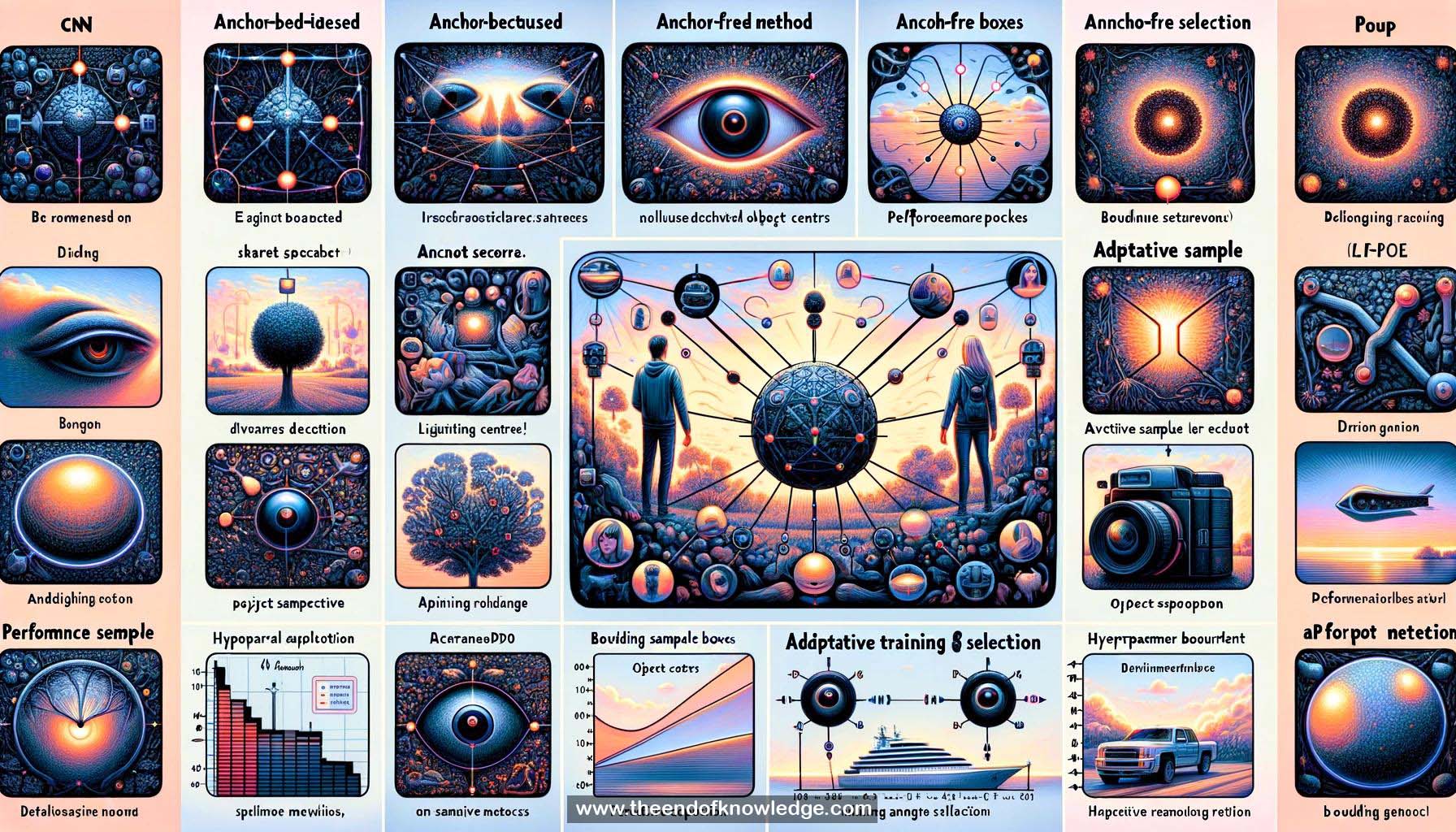 >
>
Concept Graph & Resume using Claude 3 Opus | Chat GPT4o | Llama 3:
Resume:
1.- ATSS (Adaptive Training Sample Selection) bridges the gap between anchor-based and anchor-free object detection methods.
2.- Current CNN-based object detectors include anchor-based (one-stage and two-stage) and anchor-free (center-based and keypoint-based) methods.
3.- RetinaNet (anchor-based) and FCOS (anchor-free) have similar frameworks but differ in training sample definition, regression starting status, and anchor tiling.
4.- Experiments show that the definition of positive and negative samples is an essential difference, while regression starting status is not.
5.- ATSS adaptively selects positive and negative samples based on statistical characteristics of objects, improving performance without overhead.
6.- ATSS has one robust hyperparameter and is insensitive to anchor settings.
7.- Tiling multiple anchors per location may not be useful after applying an appropriate sample selection strategy like ATSS.
8.- The right role of tiling multiple anchors per location needs further study.
9.- The authors provide released codes on the first author's homepage for others to use their methods.
10.- The work aims to explore the essential differences between anchor-based and anchor-free object detection methods.
Knowledge Vault built byDavid Vivancos 2024